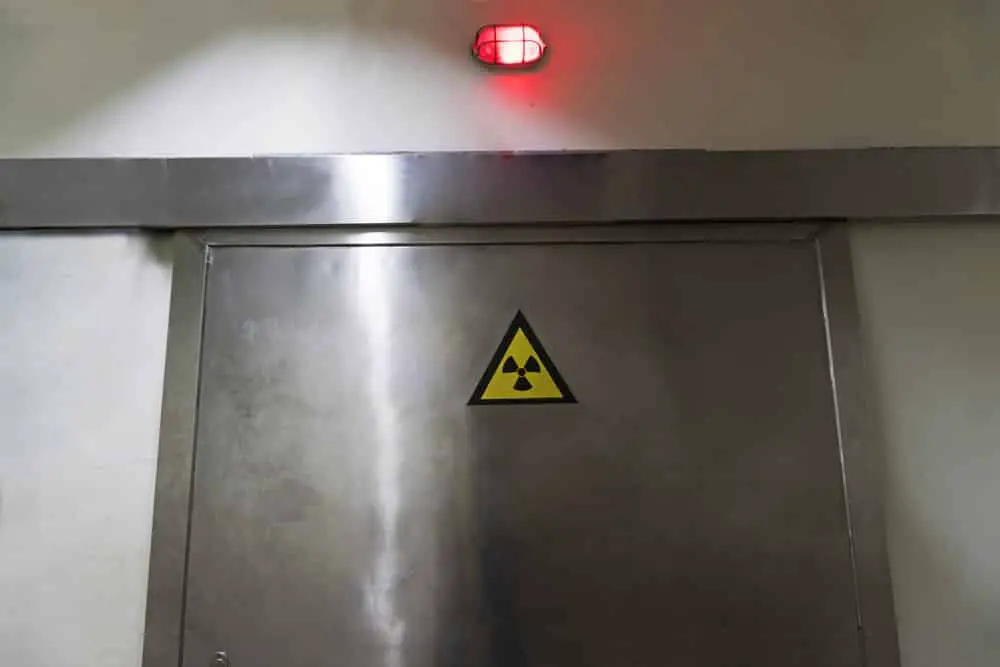

Cold war urbanism is taken here to encompass (1) the influence of cold war anxieties upon urbanists, their professional discourses, and practices and (2) the production of built environments shaped by or in service of cold war objectives. This article considers the implications of the rise of the H-bomb for the United Kingdom's (UK) experience during the 1950s of "cold war urbanism".

This article considers how planning for this new reality brought a diffusion of cold war urban anxieties and practices into the UK countryside, but in a way that was awkward and approximate. In response, the UK government established a network of 1,518 underground nuclear fallout monitoring posts spread uniformly across the country. The year 1954 saw the first public detonation of an H-bomb, a weapon whose radioactive fallout challenged the existing spatialized notions of targeting and post attack recovery by making a whole country vulnerable to the vagaries of drifting toxic clouds that drew no distinction between urban centers and rural periphery. Finally, we take to task readings of the bunker as an obsolete relic by highlighting the continued construction, re-appropriation and reimagination of this architectural form. Second, we challenge the assumed concrete materiality of the bunker and suggest an expanded typology, utilizing a range of materials and milieux. First, we contest the idea of the bunker as a simple space of human protection and argue for a more expansive conceptual-ization that is attentive to the bunker as a site of extermination. Here, we seek to counter this set of limitations in three ways. Enlightening as his 'Bunker Archeology' is, Virilio's theorization has constrained contemporary debates around the function, materiality and temporality of the bunker. This body of work draws on a variety of theoretical influences and explores multiple historical contexts, yet most remains wedded to the late Paul Virilio's influential 1970s study of the Nazi Atlantic Wall. Recent scholarship has drawn attention to a ubiquitous 20th-century political space that was long overlooked – the bunker.


 0 kommentar(er)
0 kommentar(er)
